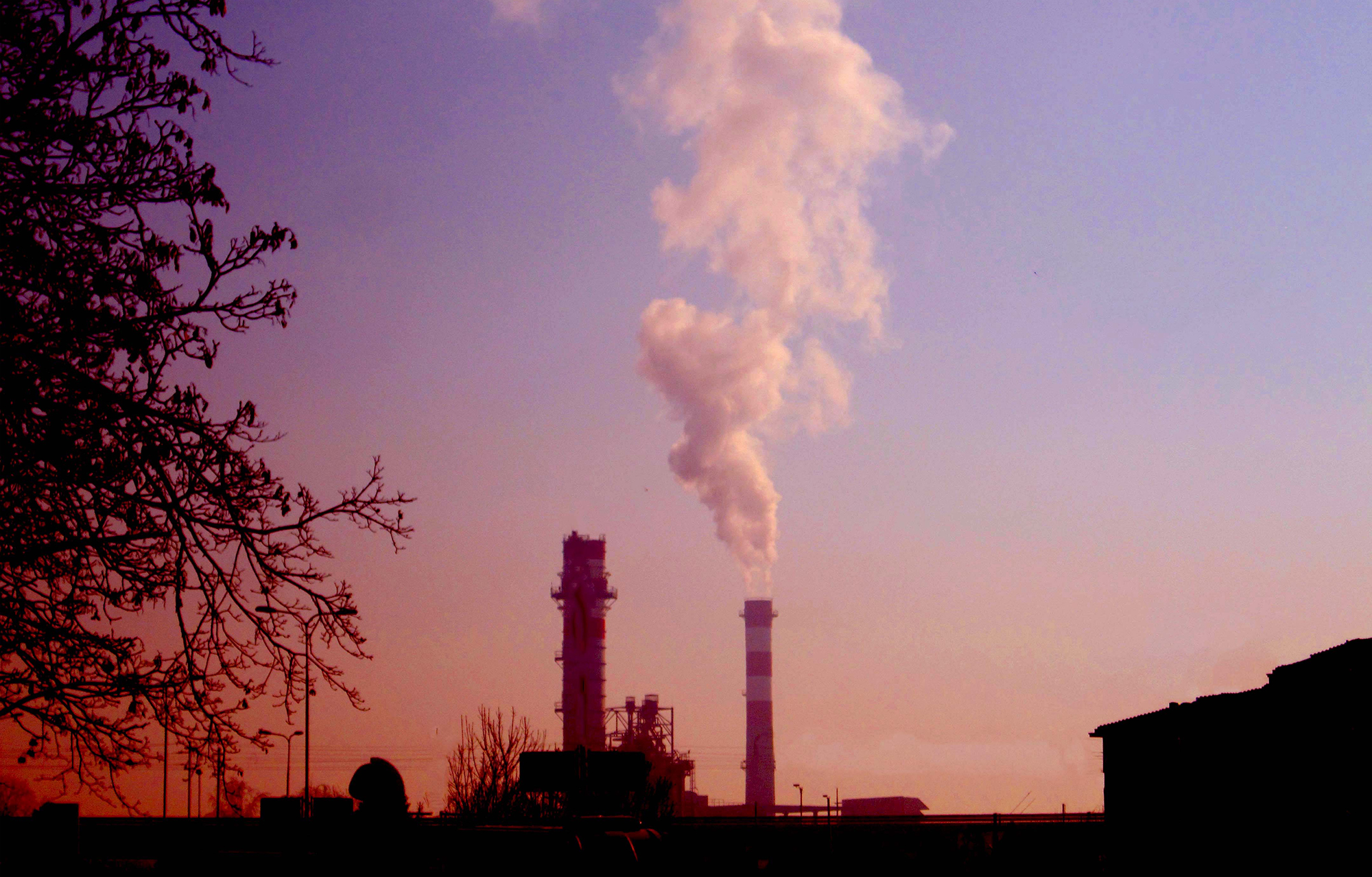Reducing biodiversity helps create new pandemics
- According to a study carried out with thousands of species, the transformation of wild land for cultivation involves the proliferation of animals with a large number of pathogens capable of leaping into humans.

In 1965, 3,324 million people lived in the world. Over 35 per cent of them were hungry. The planet currently has about 7.8 billion inhabitants, the population has multiplied by two, while the percentage of hungry people has fallen below 15%. But that achievement has had its costs. The passage of millions of hectares of wild land to farmland has also led to the passage of new diseases to humans. A study by the University of Brown, in the United States, reveals that between 1980 and 2010 the number of outbreaks of infectious diseases multiplied by three. Other analyses have seen the relationship between the use of new lands and epidemics such as Nile fever or Chagas disease.
It is not yet clear whether the increased risk of passing pathogens from animals to humans is due to general ecological changes related to human activity or to specific situations related to certain disease contexts. To try to understand how these relationships work, a group led by University College London (UCL) collected the information collected in 184 studies. As a result, 6,801 ecological groups of more than 7,000 species could be analysed, of which 376 have had pathogens. The conclusions published in the journal Nature show that when the land is transformed for cultivation, it helps more receptive species to microorganisms that can cause disease to people.
Changing the environment
Faced with the idea that the virus that will cause the next great pandemic will aggravate within an exotic species of a dark forest (such as the pangolin), the authors show that the risk is precisely in the places where the natural environment has become farmland or city, as well as in the animals that take advantage of these changes. Human progress reduces biodiversity and the species that advance with this advance, such as rats, stares or some bat species, are the best hosts for pathogens that can infect humans. This effect is further exacerbated by the disappearance of other animals which do not contaminate or contaminate these microbes more difficult and which are an obstacle to progress.
Relationship
New studies have found a link between biodiversity loss and increased disease transmission. In the United States, a high correlation was detected between the low diversity of birds in a region and the risk of West Nile virus encephalitis. The reason is that in these low-diversity environments there is a predominance of species that amplify the spread of the virus and have no other birds that reject the virus. However, researchers have clarified that the emergence and spread of new diseases is a complex problem: "Our results show that many hospitality species and different types of diseases can respond differently to the same environmental pressures," said UCL researcher and first author of the study, Rory Gibb. "For example, the risks associated with primates' diseases may be higher in forests with which people have closer contact, but lower in rural areas, where rodent diseases may pose a higher risk," he said.
Host of pathogens
One of the outstanding questions is why the breeding species are better hosts for pathogens after humans have entered and why they are satisfied in the growing and urbanization areas, both those that contaminate humans and those that do not contaminate. As a proposal, the authors propose the existence of rodents and birds that have the ability to adapt to changes produced by humans, such as rapid and productive life. Experts say this can provide solutions to develop a more tolerant immune system with the presence of microbes.
Regarding the specific case of COVID-19, the authors acknowledge that “there is no evidence that land use has influenced its occurrence”. They have made it clear that this does not mean that it has not influenced other epidemics of the past or that it may influence future epidemics. In the coming years, population growth will continue, along with the need to transform land and the risks of viruses, making the leap from animals to humans. Gibb and his colleagues have already identified this need and propose “to influence certain controllable factors”. "These factors are, in general, socio-economic, which include the form of support, the quality of housing, access to clean water and sanitation and access to health," said Gibb. "These risks can always be reduced, by improving access to health care or by investing in quality housing and good infrastructure," he added.





















